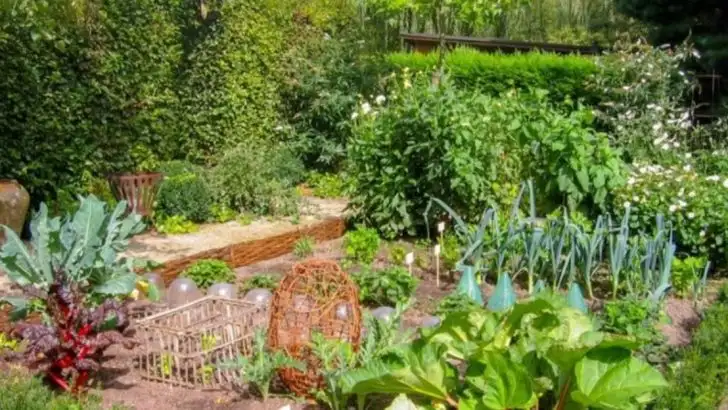What if your garden could do the hard work for you? No chemicals. No back-breaking chores. No yearly reboots. Just smart design, clever choices, and a whole lot of delicious payoff. Permaculture isn’t some crunchy buzzword or mysterious method—it’s the art of working with nature, not against it. The result? A garden that feeds you, heals your soil, and practically takes care of itself. We’re talking berries in the hedge, herbs under the fruit trees, and compost that makes itself. This isn’t your average veggie patch. This is garden magic with real results. Ready to grow more with less? Let’s dig into 14 ways to make your backyard harvest 100% organic—and wildly productive.
Companion Planting
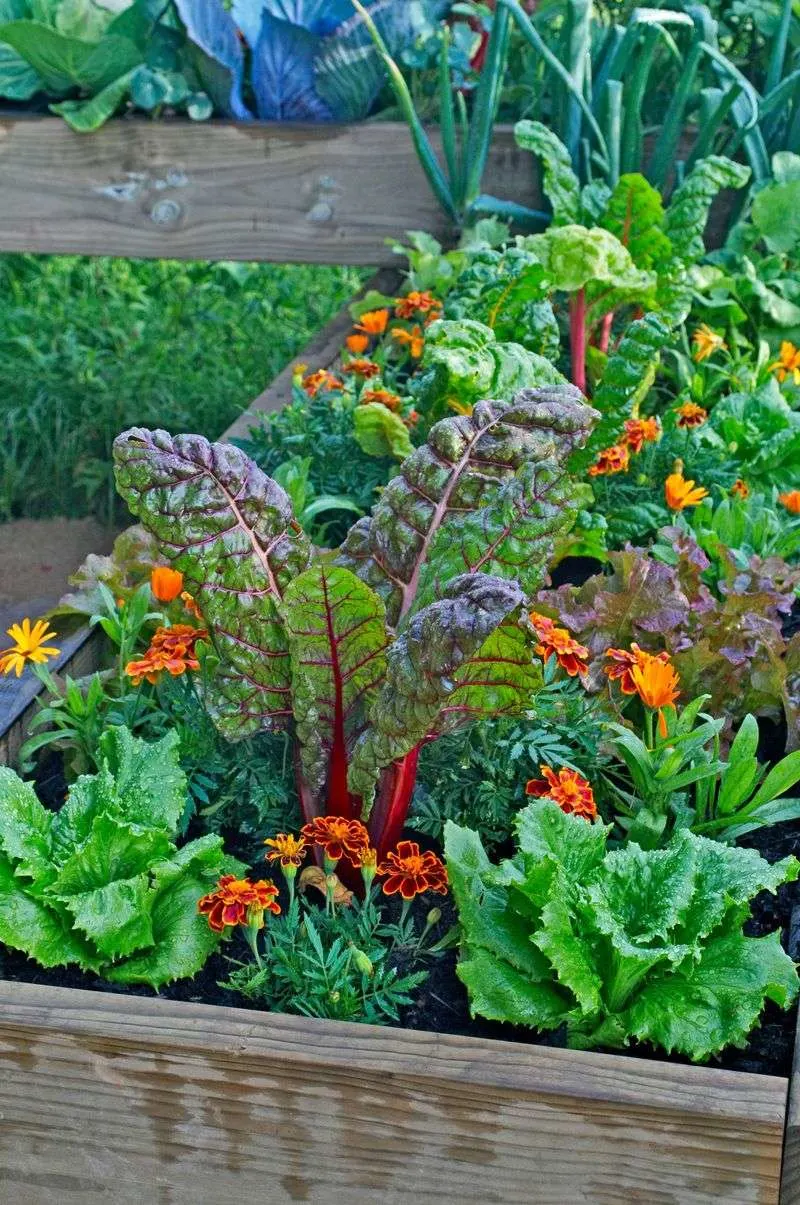
Companion planting is a time-honored practice that leverages the natural relationships between plants to enhance growth, deter pests, and improve yield. Imagine tomatoes and basil flourishing side by side, their complementary scents deterring unwanted insects.
Incorporate marigolds to naturally repel nematodes, and sunflowers to draw pollinators. Each plant contributes to a balanced ecosystem, fostering resilience and diversity.
This method not only boosts plant health but also enriches the soil. By strategically arranging your garden, you can cultivate a thriving, chemical-free environment that maximizes your organic harvest.
Hugelkultur Beds
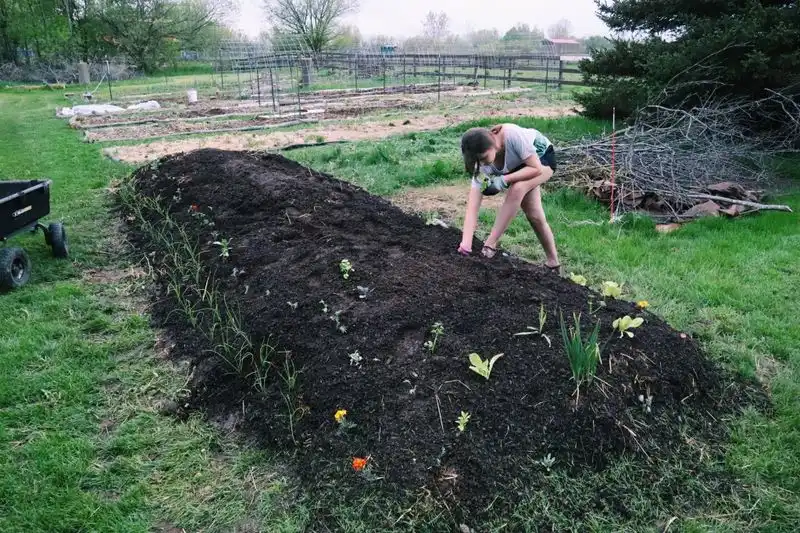
Hugelkultur, a centuries-old technique, involves creating raised beds with decaying wood, branches, and organic matter. These beds act like sponges, retaining moisture and providing nutrients as they decompose.
Stack layers of logs, branches, and soil to form a mound, then plant your vegetables atop. This method conserves water, reduces the need for fertilizers, and encourages robust plant growth.
Hugelkultur beds are perfect for permaculture enthusiasts seeking sustainable gardening solutions. Transform your backyard into a verdant haven by embracing this innovative, eco-friendly approach.
Permaculture Swales
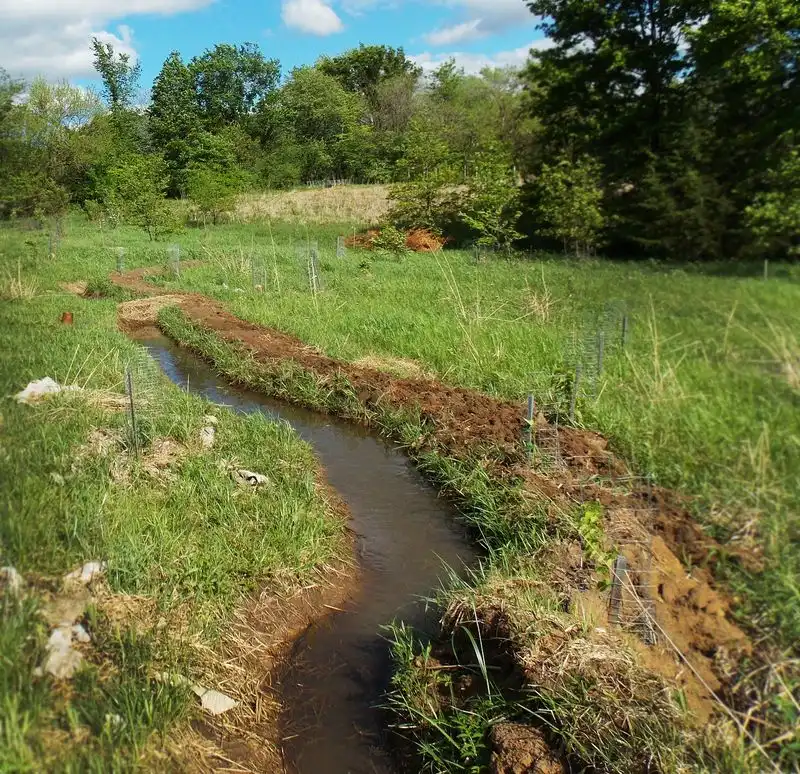
Permaculture swales are shallow trenches designed to catch and retain rainwater, facilitating natural irrigation. By contouring the land, swales slow down water runoff, allowing it to seep into the soil and nourish plant roots.
Line the trenches with mulch to enhance water absorption and prevent erosion. Plant fruit trees or shrubs along the swale to create a productive, water-efficient landscape.
This technique is ideal for dry environments, reducing the need for artificial watering systems. Embrace swales to promote a sustainable and flourishing garden ecosystem.
Natural Pest Control
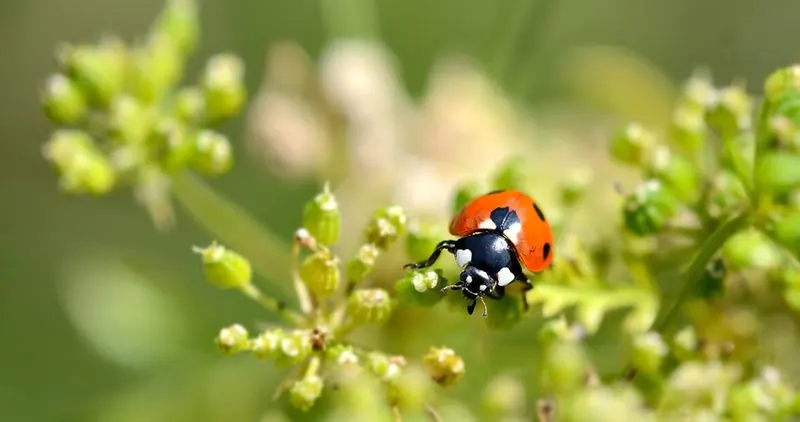
Harness the power of nature to manage pests organically. Encourage beneficial insects like ladybugs and lacewings, which prey on aphids and caterpillars.
Birds are excellent allies; install birdhouses to attract them for natural pest control. Companion planting also plays a role, with certain plants deterring pests while others attract predators.
Avoid chemical pesticides, which disrupt the environmental balance. By fostering a diverse ecosystem, you create a self-regulating garden that keeps pests in check naturally. Enjoy the beauty of nature’s intricate web while protecting your harvest.
Soil Regeneration
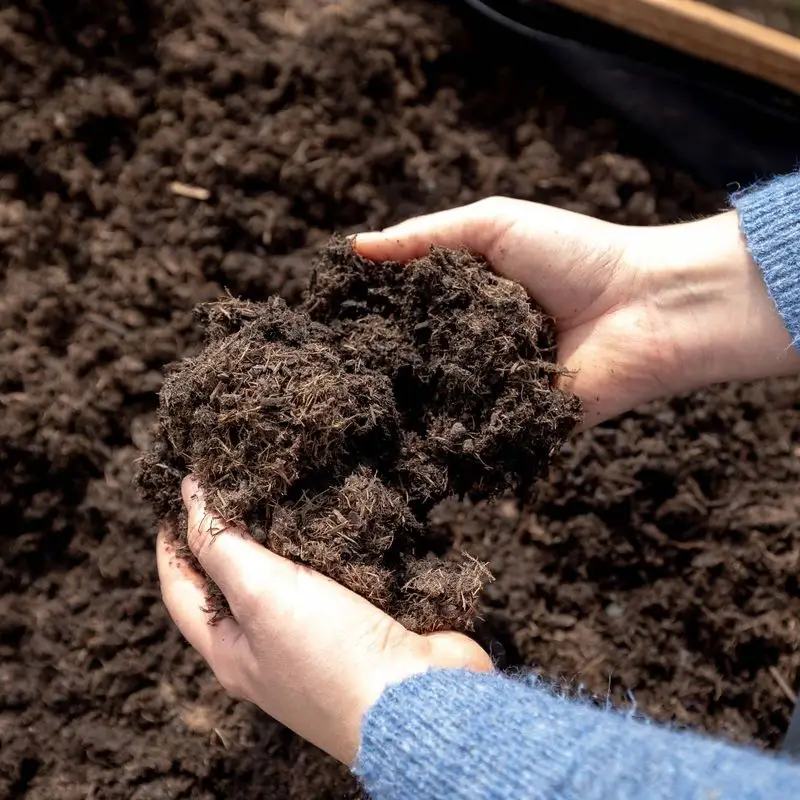
Healthy soil is the cornerstone of a bountiful organic garden. Implement soil regeneration techniques by adding compost, green manure, and cover crops to enrich the soil.
Encourage earthworm activity, which enhances nutrient cycling and soil structure. Avoid tilling to preserve the natural microbial community, fostering a resilient soil ecosystem.
With time, your soil will become a fertile foundation for your plants, improving yield and quality. Regenerate your soil, and watch your garden flourish with vitality and abundance, reflecting the principles of permaculture.
Rainwater Harvesting
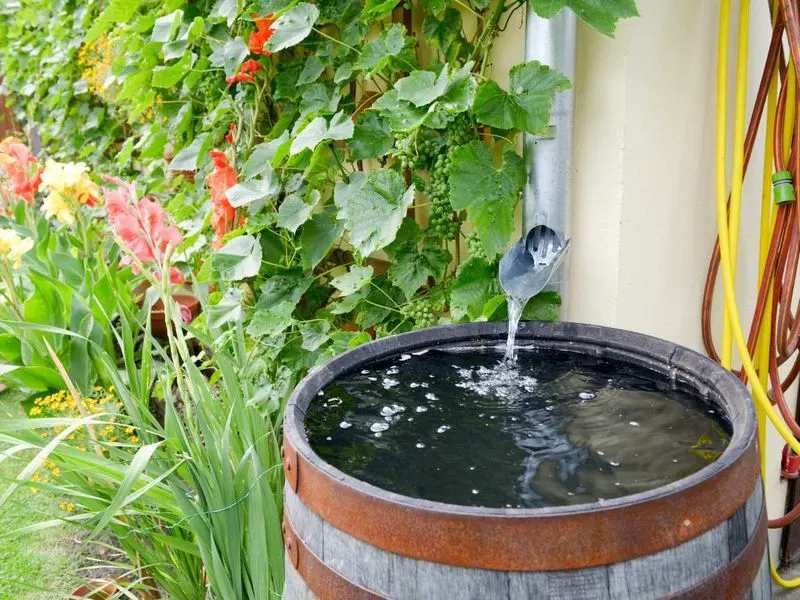
Rainwater harvesting is an effective way to conserve water and sustain your organic garden. Install barrels to capture rainwater from your rooftop, providing a free, eco-friendly water source for your plants.
Use drip irrigation systems to distribute this precious resource efficiently. This practice not only reduces your reliance on municipal water but also minimizes runoff and erosion.
Embrace rainwater harvesting and contribute to a more sustainable, self-sufficient garden. Experience the satisfaction of nurturing your plants with nature’s gift, ensuring a thriving, water-wise environment.
Mulching Magic
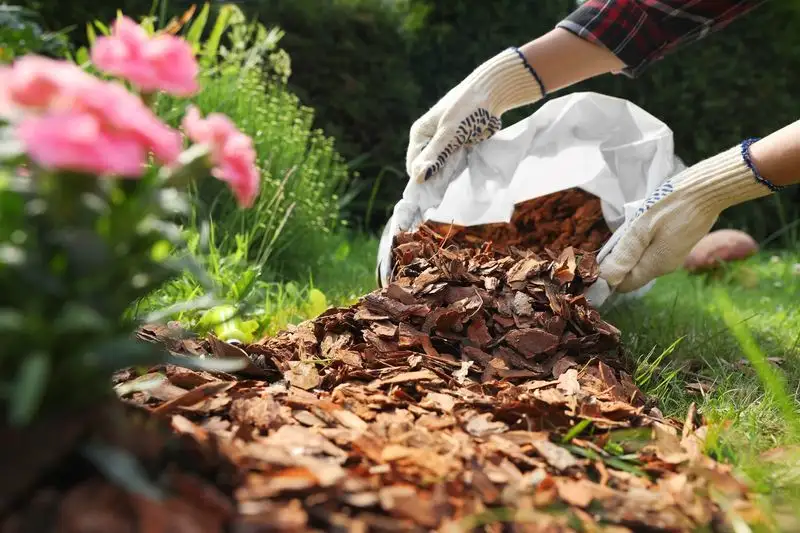
Mulching is a magical technique that suppresses weeds, conserves moisture, and improves soil health. Cover your garden beds with organic matter such as straw, wood chips, or leaves to insulate the soil.
Mulch acts as a blanket, retaining moisture and reducing the need for frequent watering. It also enriches the soil as it decomposes, adding vital nutrients.
By preventing weed growth, mulch allows your plants to thrive without competition. Discover the transformative power of mulching and enjoy the benefits of a healthier, more productive garden.
Polyculture Planting

Polyculture planting involves cultivating multiple plant species in one area, mimicking natural ecosystems. This diversity reduces pest outbreaks and disease by promoting a balanced environment.
Mix vegetables, herbs, and flowers to enhance biodiversity and create a visually stunning garden. This approach encourages beneficial insects and improves pollination, leading to higher yields.
Polyculture also maximizes space and resources, making it ideal for small gardens. Embrace the variety and harmony of polyculture planting, and watch your garden flourish with life and color.
Compost Tea Brewing
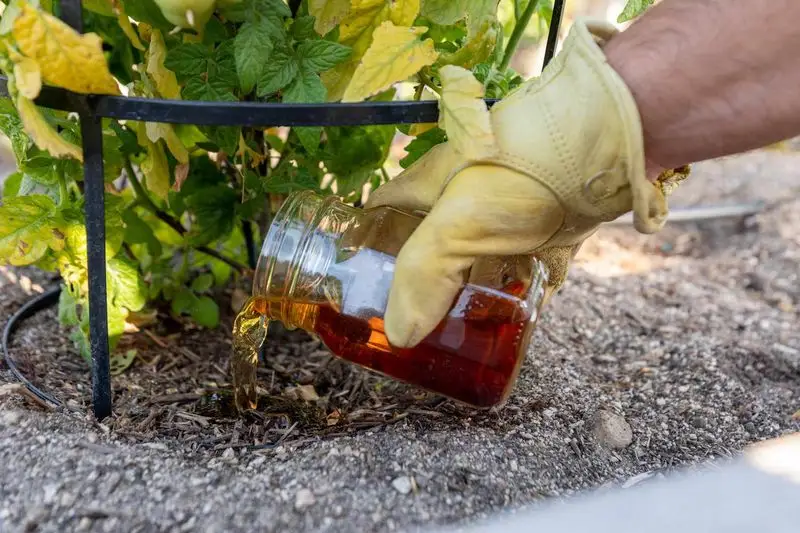
Compost tea is a nutrient-rich solution that boosts plant health and growth. Brew it by steeping compost in water, allowing beneficial microbes to flourish.
Apply this liquid gold to your plants, enhancing soil fertility and disease resistance. Compost tea acts as a natural fertilizer and microbial inoculant, promoting robust root development.
This organic elixir is easy to make and use, providing an eco-friendly alternative to chemical fertilizers. Infuse your garden with vitality by embracing the power of compost tea, and experience a lush, productive harvest.
Sheet Mulching
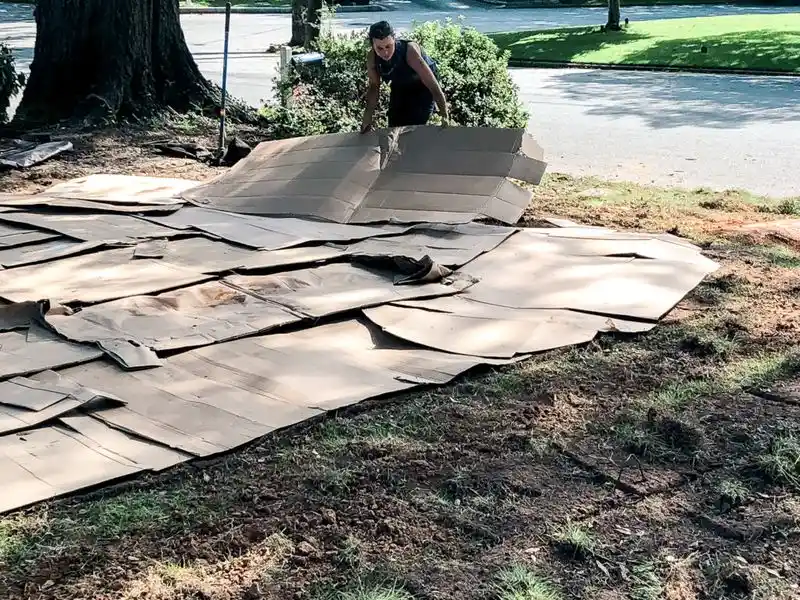
Sheet mulching, also known as lasagna gardening, involves layering organic materials to enrich the soil and suppress weeds.
Start with cardboard or newspaper to smother existing vegetation, then layer with compost, mulch, and other organic matter. This method improves soil structure and fertility as it decomposes.
Sheet mulching is an excellent way to transform neglected areas into productive garden spaces. By mimicking natural processes, it helps create a sustainable, low-maintenance garden environment that thrives without synthetic inputs.
Vertical Gardening
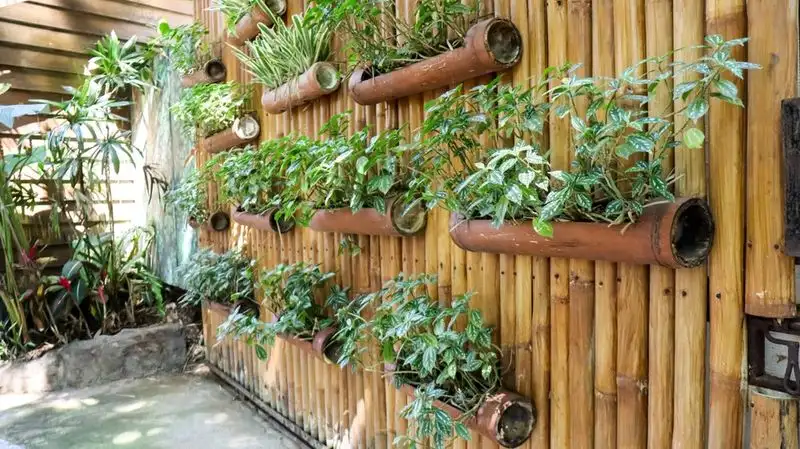
Vertical gardening maximizes space by growing plants upwards, ideal for small gardens or urban areas. Use trellises, wall planters, or stacked containers to cultivate herbs, vegetables, and flowers.
This method enhances air circulation, reducing disease risk, and makes harvesting easier. Vertical gardens also add visual interest and can create privacy screens.
By utilizing vertical space, you can increase your garden’s productivity without expanding its footprint. Transform limited areas into lush, vertical landscapes that offer both beauty and bounty, perfect for any aspiring permaculture gardener.
Crop Rotation
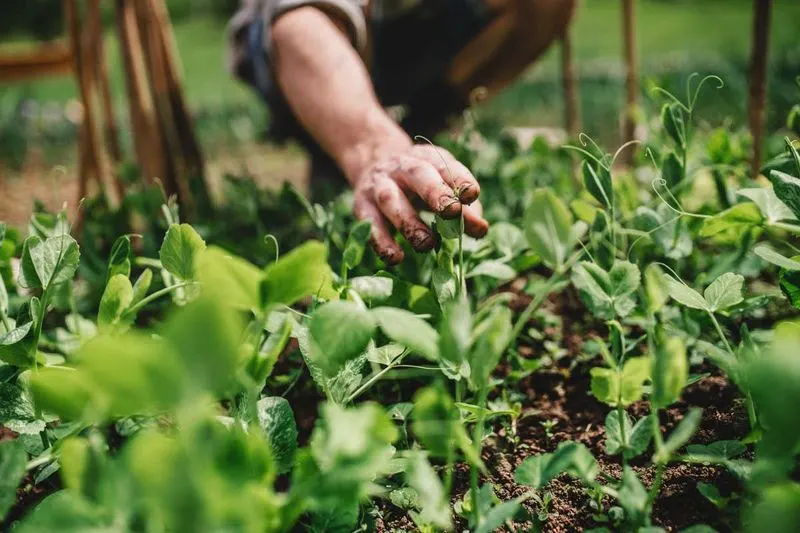
Crop rotation is a practice of changing the types of crops grown in a specific area each season. This method prevents soil nutrient depletion and reduces pest and disease cycles.
Rotate legumes, root vegetables, and leafy greens to maintain soil health and fertility. Each plant group benefits the soil differently, creating a balanced ecosystem.
Implementing crop rotation in your garden fosters biodiversity and enhances soil productivity, leading to healthier plants and better yields. Continuously adapt your planting strategy to sustain a thriving organic garden.
Biodynamic Gardening
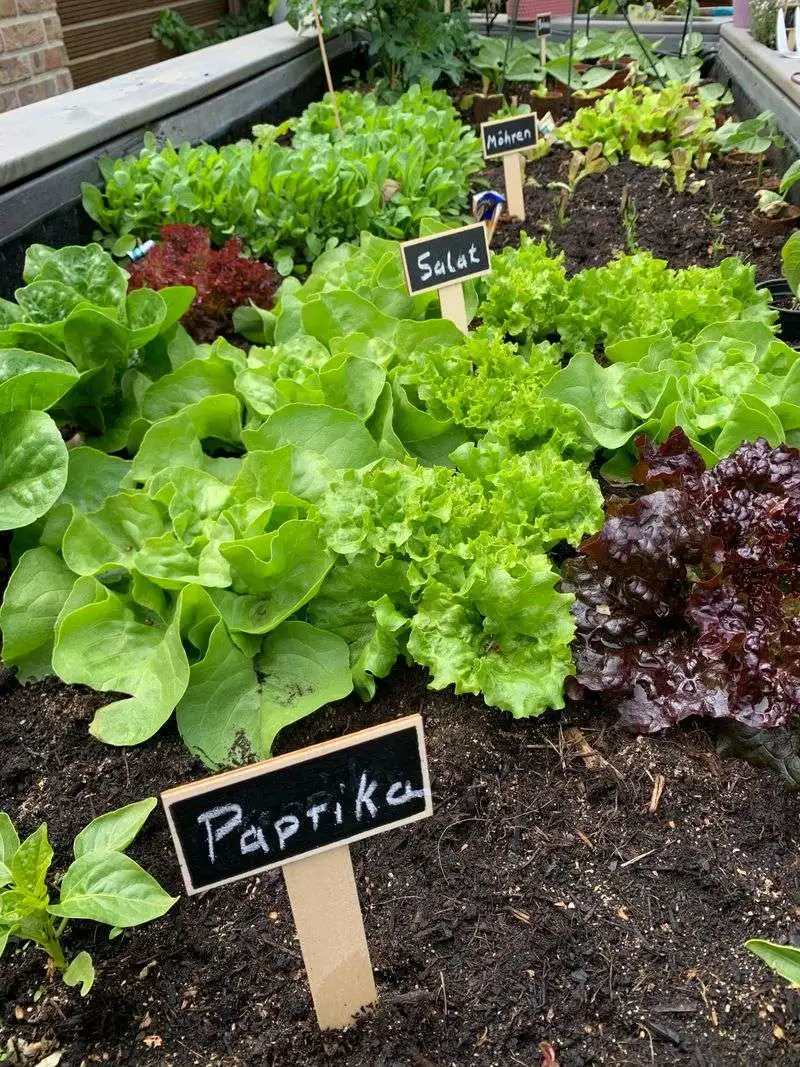
Biodynamic gardening blends traditional agriculture with mystical elements, viewing the garden as a holistic ecosystem. Planting and harvesting are aligned with lunar cycles to enhance growth and vitality.
Use natural preparations, like fermented herbal blends, to enrich the soil and promote harmony. This approach supports biodiversity and strengthens plant resilience.
Biodynamic practices offer a unique perspective on organic gardening, emphasizing intuition and connection with nature. Explore the mystical side of gardening and experience the profound impact of biodynamics on your harvest.
Edible Landscaping
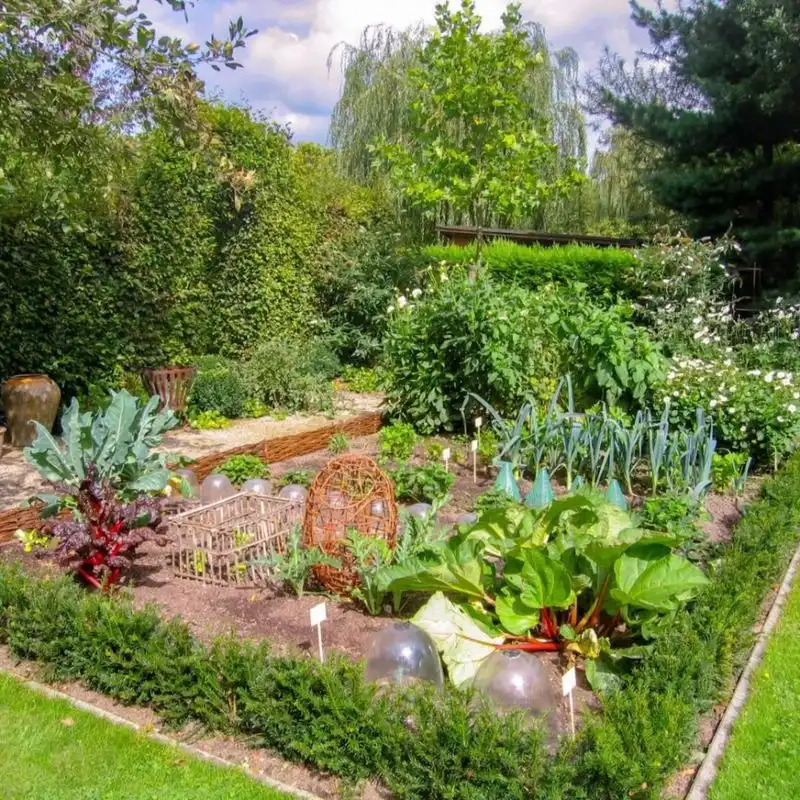
Edible landscaping combines aesthetics and functionality by incorporating edible plants into your garden design. Use fruit trees, vegetables, and herbs to create a visually appealing and productive landscape.
This approach transforms traditional ornamental gardens into spaces that provide food as well as beauty. Strategically place plants to maximize both visual appeal and harvest potential.
Edible landscaping fosters a connection between beauty and utility, offering a sustainable way to enjoy your garden’s bounty. Craft a landscape that delights the senses and nourishes the body, merging form and function seamlessly.

